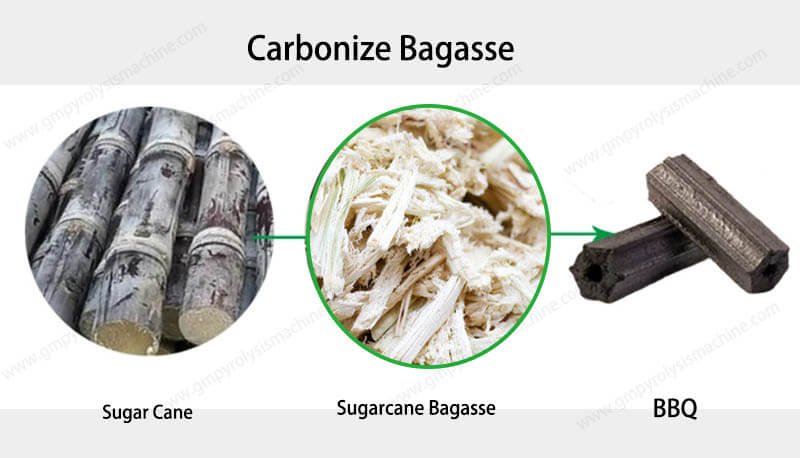In the agricultural sector, managing crop residues, such as straw, has long been a challenge. Burning straw is a common practice in many parts of the world, but it poses significant environmental and health risks due to the release of harmful pollutants into the atmosphere. An innovative and eco-friendly solution to this problem is the use of a straw carbonizing furnace. This article will delve into the process of straw carbonization, its benefits, and how a modern carbonizing furnace can turn agricultural waste into valuable resources.
The Process of Straw Carbonization
Straw carbonization is a thermal decomposition process that converts biomass (in this case, straw) into biochar, a form of charcoal that is rich in carbon. This process occurs in an oxygen-limited environment, which prevents complete combustion and instead leads to the production of a solid, carbon-rich material. Here’s a step-by-step look at how a straw carbonizing furnace operates:
1. Preparation: Before entering the furnace, straw must be dried and cut to a suitable size to ensure even processing.
2. Feeding: The prepared straw is fed into the carbonizing furnace, where it undergoes a controlled heating process.
3. Pyrolysis: In the absence of oxygen, the straw is heated to high temperatures, typically between 400°C and 600°C. During this phase, volatile compounds are released, leaving behind a solid, carbonized product.
4. Cooling and Collection: Once the pyrolysis is complete, the resulting biochar is cooled and collected for further use or sale.

Components of a Modern Straw Carbonizing Furnace
A contemporary straw carbonizing furnace is equipped with several components designed to enhance efficiency and reduce environmental impact:
Biomass Gasifier: Converts organic materials into a gaseous fuel, often used to power the furnace itself, thus reducing reliance on external energy sources.
Flue Gas Recycling Device: Captures and recycles flue gases, minimizing emissions and improving the overall sustainability of the operation.
Dedusting Device: Filters out particulate matter from the exhaust gases, ensuring cleaner air emissions.
Drying Device: Dries the raw straw before carbonization, enhancing the quality of the final product.
Conveying, Crushing, Packaging, and Cooling Devices: These components work together to handle, process, and prepare the biochar for storage or distribution.
Benefits of Using a Straw Carbonizing Furnace
The adoption of straw carbonization technology offers a multitude of benefits, both environmentally and economically:
Reduction of Greenhouse Gases: By preventing the open burning of straw, carbonization significantly reduces the emission of greenhouse gases, contributing to climate change mitigation.
Soil Fertility Improvement: Biochar produced from straw can be used as a soil amendment, increasing soil fertility and water retention, thereby promoting sustainable agriculture.
Renewable Energy Source: The gases generated during the carbonization process can be harnessed as a renewable energy source, providing a dual benefit of energy production and waste management.
Economic Opportunities: For farmers and entrepreneurs, the conversion of straw into biochar and other by-products opens up new revenue streams, turning what was once considered waste into a valuable commodity.
As the world increasingly turns towards sustainable practices, the role of straw carbonizing furnaces in transforming agricultural waste into useful products cannot be overstated. By adopting this technology, not only do we contribute to the fight against climate change, but we also support the economic well-being of our communities.




